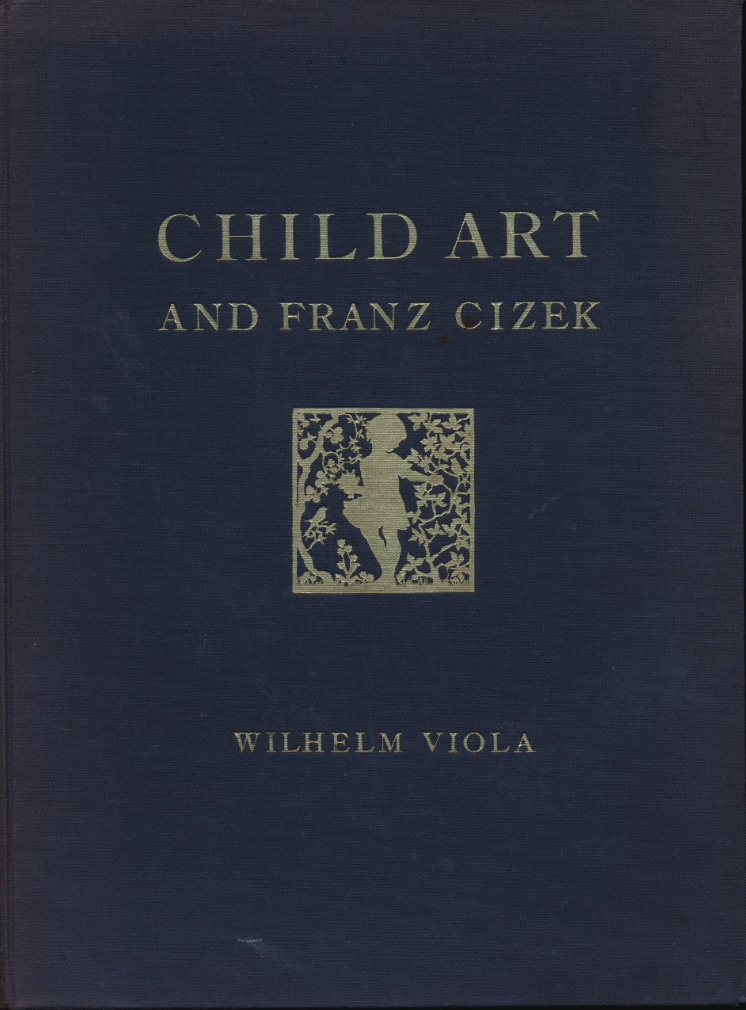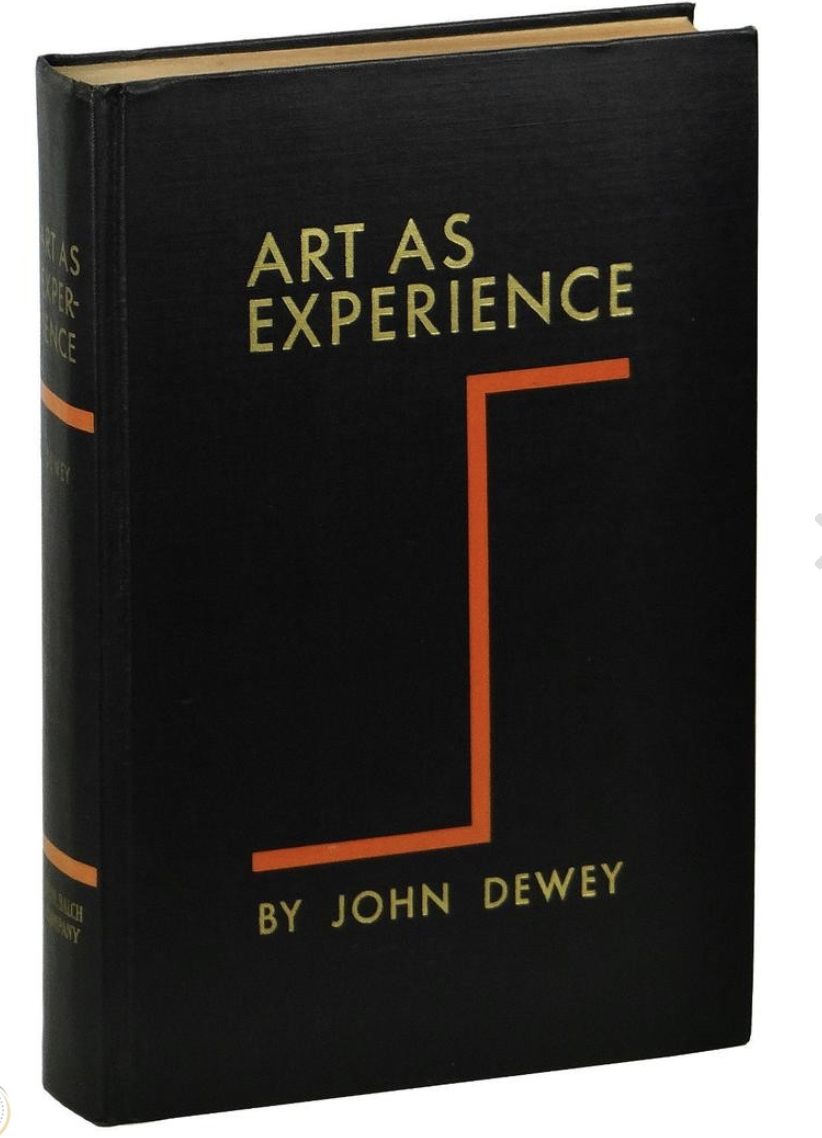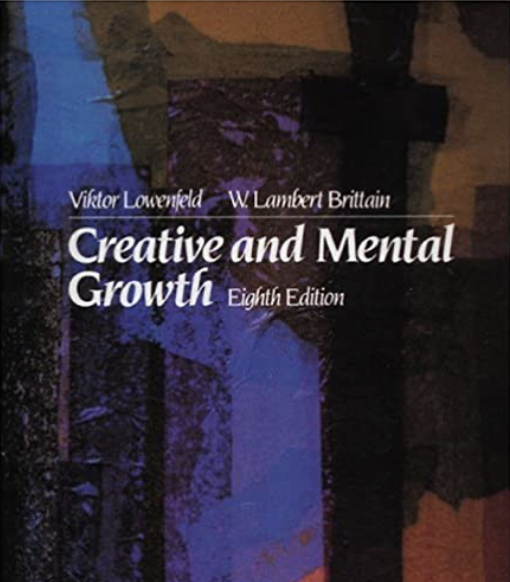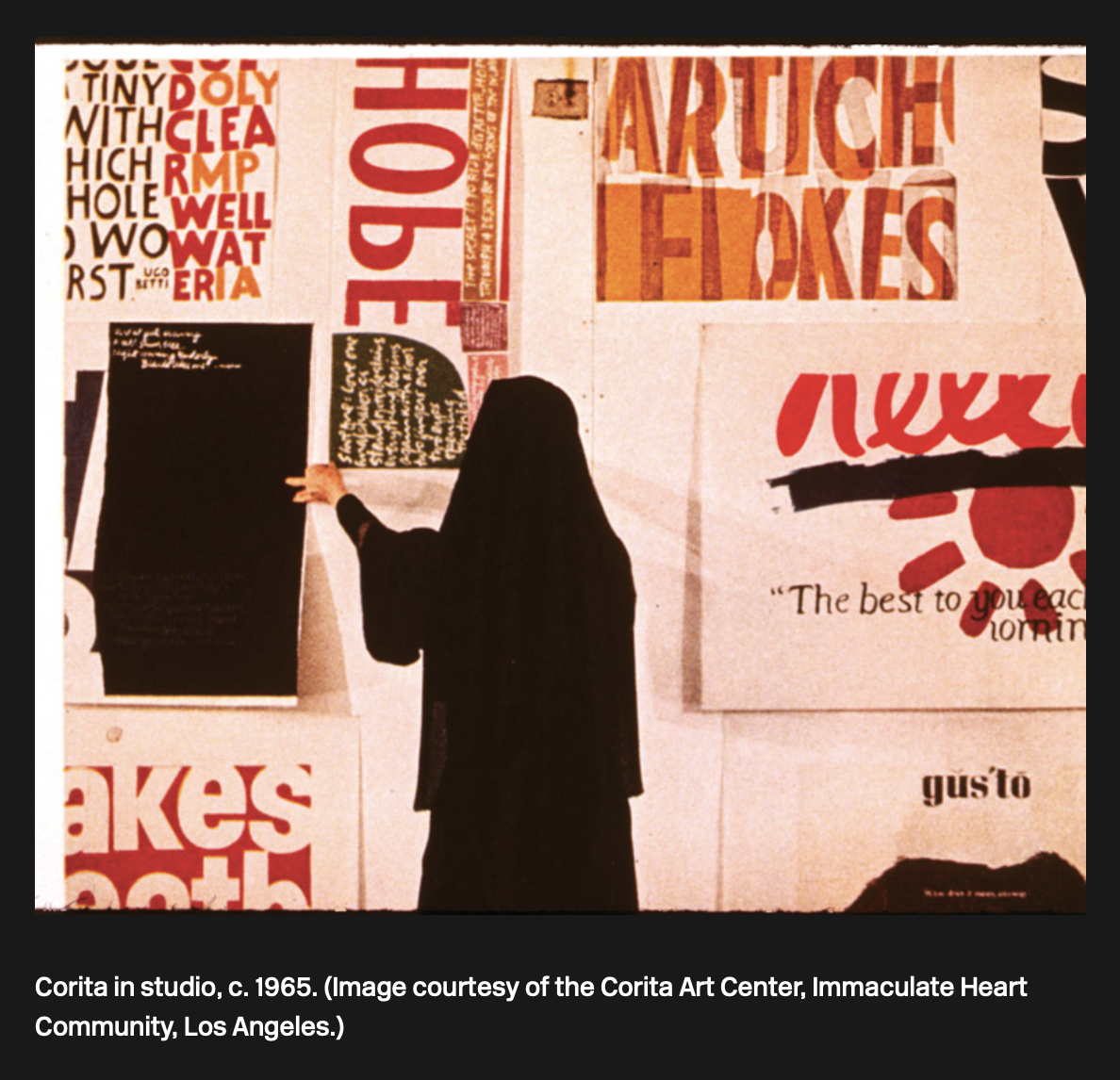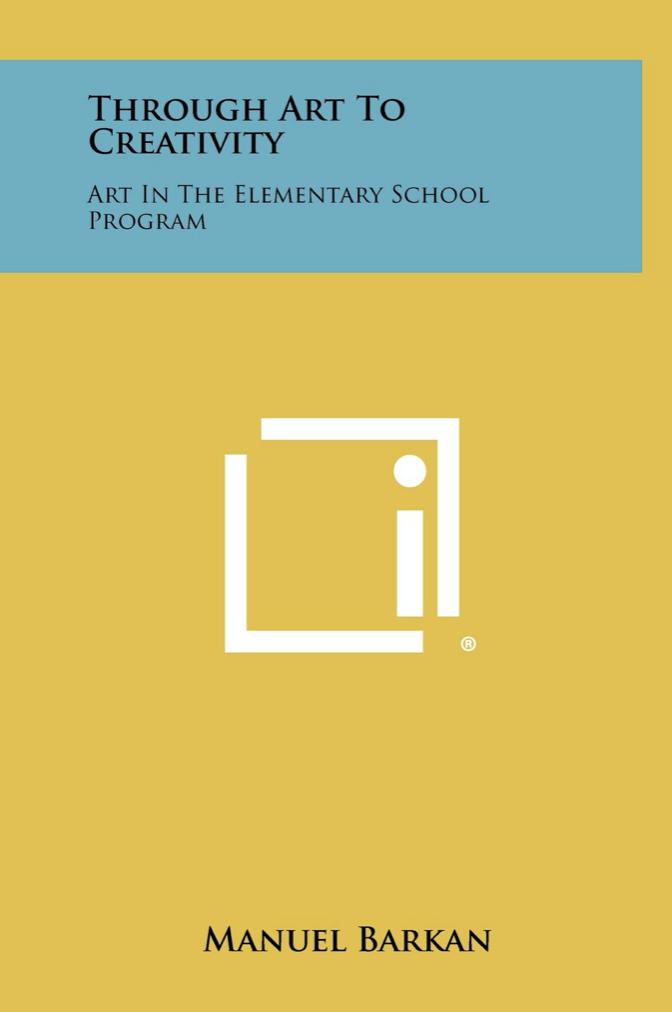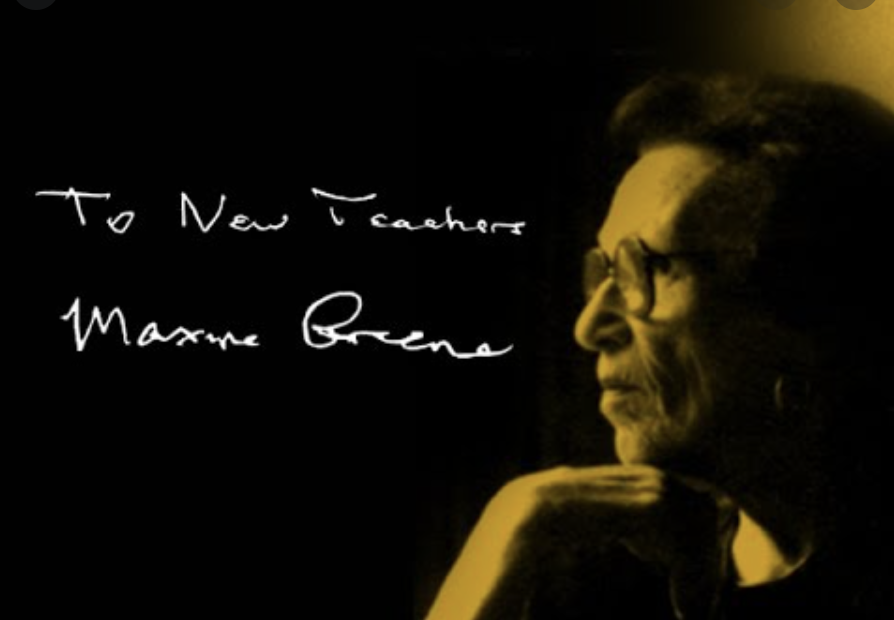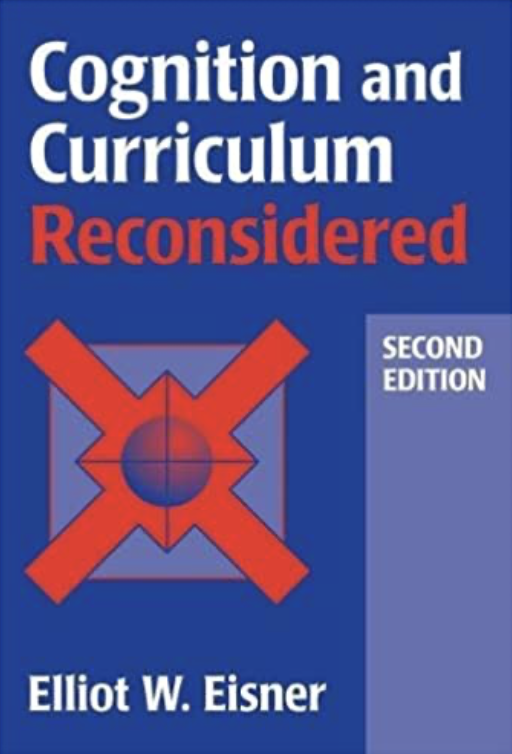FRANZ CIZEK (1865-1946)
Professor Franz Cizek’s ideas about the nature of children and art education become widespread through his Exhibition of Children’s Art in London in 1934, and 1935. Cizek first founded his Juvenile Art Class in Vienna in 1897. Cizek's approach to juvenile art education opened the minds of many educators to a new way of teaching art. Cizek's main belief was that children should let their natural talents unfold freely, unhampered by vocational, or technical training from their teachers.
John Dewey (1859-1952)
An American philosopher and educator who helped found pragmatism, a philosophical school of thought that was popular at the beginning of the 20th century. He was also instrumental in the progressive movement in education, strongly believing that the best education involves learning through doing. He believed every person is capable of being an artist, living an artful life of social interaction that benefits and thereby beautifies the world.
VIKTOR LOWENFELDT (1903-1960)
Was a Viennese artist, scholar, psychologist, educator, prolific writer and speaker, and professor of art and art education. Born in Linz, Austria, he graduated from the College of Applied Arts and the Academy of Fine Arts in Vienna and served as the director of art in the Blind Institute. Lowenfeld believed that everyone is born creative and in the importance of creativity as something accomplished in a person not as a phenomenon. He suggests that the most important time to encourage creativity is the time formal schooling begins. He states that the connection between art and creativity is strong but an attempt must be made to make sure that the art experience is a creative one.
CORITA KENT (1918-1986)
Corita Kent was an artist, educator, and advocate for social justice. At age 18 she entered the religious order Immaculate Heart of Mary, eventually teaching in and then heading up the art department at Immaculate Heart College. Her work evolved from figurative and religious to incorporating advertising images and slogans, popular song lyrics, biblical verses, and literature. Throughout the ‘60s, her work became increasingly political, urging viewers to consider poverty, racism, and injustice. In 1968 she left the order and moved to Boston. After 1970, her work evolved into a sparser, introspective style, influenced by living in a new environment, a secular life, and her battles with cancer. She remained active in social causes until her death in 1986. At the time of her death, she had created almost 800 serigraph editions, thousands of watercolors, and innumerable public and private commissions.
MANUEL BARKAN (1913-1970)
“A visionary art educator at Ohio State University" who had "designed a model of art education that combined the teaching of art history and art criticism with art making activities" (J. Paul Getty Trust, p. 39), Manuel Barkan recognized the role of disciplinary structures of knowledge in guiding curriculum decisions but his views on curriculum reform embodied a synthesis of viewpoints, some reflecting the influence of social reconstructionism and Progressive education from the 1930s.
VICTOR D'AMICO (1904-1987)
Victor D'Amico was an American teaching artist and the founding Director of the Department of Education of the Museum of Modern Art, New York. D’Amico explored the essence of the art experience as spiritual involvement, and the ability to communicate one's most profound ideas and emotions through aesthetic expression
MAXINE GREENE (1917-2014)
An American educational philosopher, author, social activist and teacher. Described upon her passing as "perhaps the most iconic and influential living figure associated with Teachers College, Columbia University, she was a pioneer for women in the field of philosophy education, often being the sole woman presenter at educational philosophy conferences as well as being the first woman president of the Philosophy of Education Society in 1967. Additionally, she was the first woman to preside over the American Educational Research Association in 1981.
ELLIOT EISNER (1933-2014)
A professor of Art and Education at the Standford Graduate School of Education, and was one of the United States' leading academic minds. He was active in several fields including arts education, curriculum reform, qualitative research, and was the recipient of a University of Louisville Grawemeyer in 2005 for his work in education, as well as the Brock International Prize in 2004. In 1992, he became the recipient of the Jose Vasconcelos World Award of Education in recognition to his 30 years of scholarly and professional work, particularly his contribution in the formulation of educational policy to better understand the potential of the arts in the educational development of the young. He was the 1997 recipient of the Sir Herbert Read Award of the International Society for Education through Art (INSEA).
CONSIDER
The above are few examples of individuals that have contributed to the foundations of art education. Take some time to look over their work, however consider what work is being done now within this field, as well as within Canadian contexts. Make notes on the following ideas:
What is the current experience of art education in Saskatchewan? (You may reflect on your own experience at any educational level)
Does the current Saskatchewan curriculum reflect value within this field? (Why or why not) and should schools teach Art Education, why or why not?
Jot your responses in your sketchbooks.
